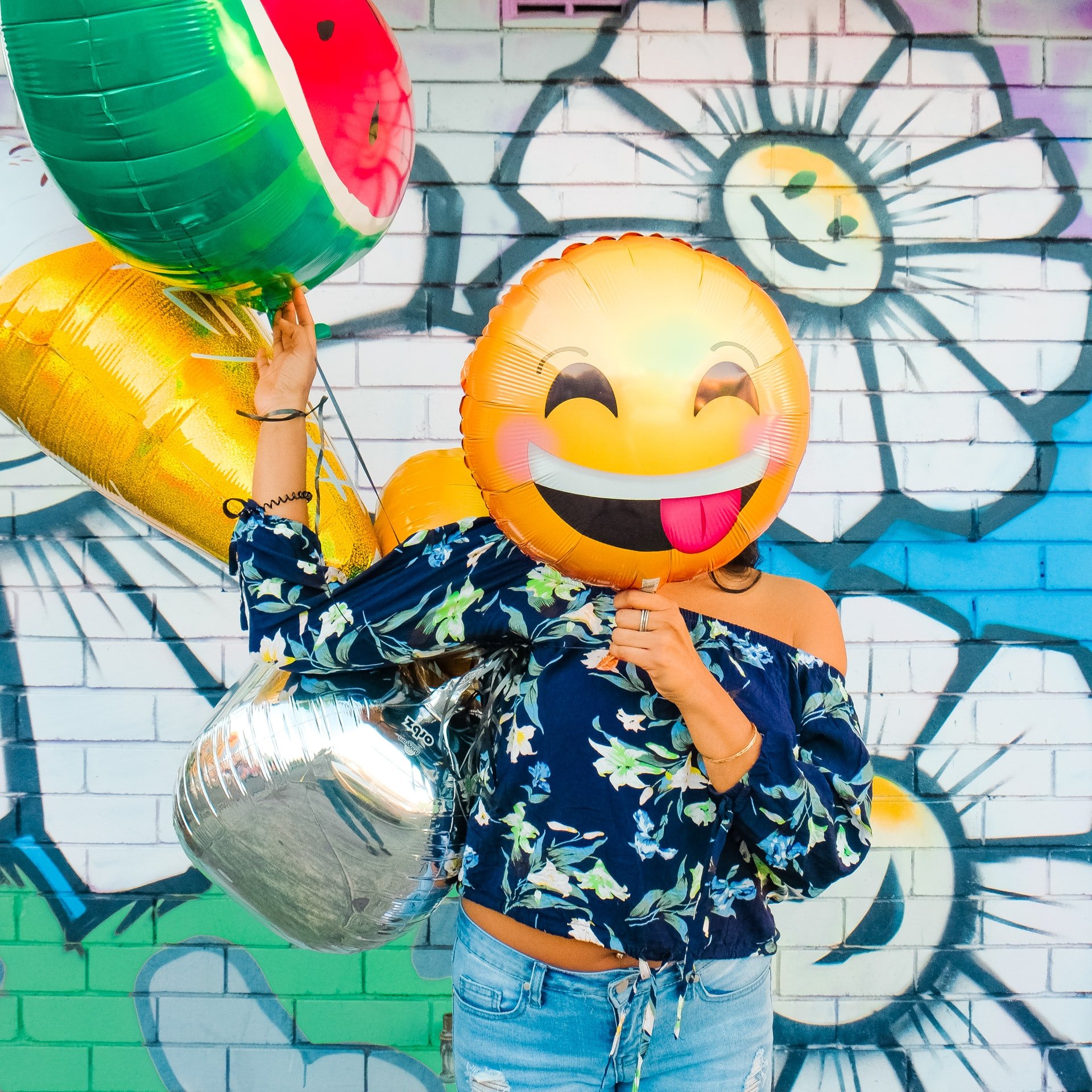Yes, Emojis and GIFs Can Be Used in Your Marketing
Every time you log online, you might think to yourself, “What’s with all of these emojis and GIFs?” It feels as if everyone on social media wants to illustrate their posts with imagery, whether it’s in the form of the little in-text special characters or looped animated images.
They’re even being used by businesses in their marketing efforts! Yes — and that’s because emojis and GIFs appeal to people when they’re scrolling through their feed. To some extent, there’s a generational divide: younger consumers tend to appreciate them whereas older consumers tend to find them distracting and unprofessional. But for the most part, emojis and GIFs are part of the digital experience.
These visual elements are low-effort ways to improve your message and encourage engagement. There are some solid reasons behind this, but it’s also important to remember that emojis and GIFs can be used in an inappropriate way too. You should be discrete in the way you use them.
Here’s what you should understand about emojis and GIFs and the way they factor into your messaging when you’re putting together a marketing campaign.
Emojis: Pictures in Place of Letters
Emojis are the little pictures you can insert in your text using your device’s keyboard — and there’s pretty much a full selection of emojis for anything you want to express these days. There are the facial expressions, the animals, the food, the office supplies, the flags…the list goes on and on.
Here’s what’s great about emojis:
They get people’s attention because they stand out among blocks of text. They are also helpful for breaking up long blocks of copy on platforms where people are skimming. Not many people are looking through their email or scrolling through Facebook to read a full-length dissertation if they don’t have to. Emojis help guide their eye and communicate your message with fewer words.
Emojis add a little bit of expression to your text. Sometimes you run the risk of your sentences being misinterpreted if proper context isn’t given. With the use of a simple happy face emoji or happy face emoji, you give your reader a clue that what they’re reading isn’t intended to be snarky or mean. Because we tend to mimic expressions that we see, emojis can be a simple way of putting your reader in the right mood.
They convey personality — and social media users want to see personality! Remember that you’re on social media to socialize, so you don’t have to stress out about looking stiff and formal. Even a brand like Goldman Sachs can get onboard with emoji marketing and show people that they aren’t uptight — they know how to have fun, which is important to consumers.
Here’s a quick exercise — consider our use of emojis with the following two words: This weather!
This weather! ☀️😎
This weather! ☀️🥵
This weather! 🍂 😍
This weather! ❄️🥶
We’ve only used two words, but the emojis show you exactly how we feel. We don’t even have to type anything else out. Emojis help you convey a mood with minimal text — something that is of the utmost importance when you’re working with limited attention spans and maybe even restrictions on the number of characters you can use.
Emojis also generate much more engagement in your digital marketing. Posts see about 25.4% more engagement on Twitter and 17% more engagement on Instagram. However, it’s important to use emojis sparingly and correctly. When brands use the wrong emojis or get excessive, it makes them look out of touch with some users. (Maybe you’ve heard how millennials love the laughing emoji, but Gen Z perceives it as outdated.)
GIFs: Looped Videos that Entertain
Like emojis, GIFs are popular ways to break up long stretches of text or express emotions without words. They add visual appeal and speak to our emotions when we’re reading. You might see these looped videos on Facebook or Twitter, or even embedded in email newsletters and blogs.
Here’s why GIFs are so popular:
They’re eye-catching and amusing. They put people in a certain mood, usually one that’s lighthearted and ready to be entertained. They’re even better than static images because the animation boosts their appeal.
You can use them to provide a quick visual of how people use your product or what they can expect from your service. Platforms like GIPHY, an online database for billions of GIFs, allow you to make your own GIFs using static images, videos, or boomerangs.
You can even use GIFs in place of a call to action. How many times have you seen a GIF saying, “Call me,” “Click here,” or “Check this out,” and been more inclined to follow through because the GIF was amusing?
The bottom line?
Emojis and GIFs are fun ways to communicate with your audience and can even boost engagement, so you shouldn’t be afraid to use them. Just make sure you don’t go overboard and end up looking silly.

